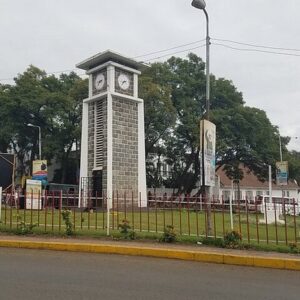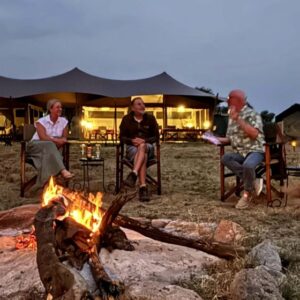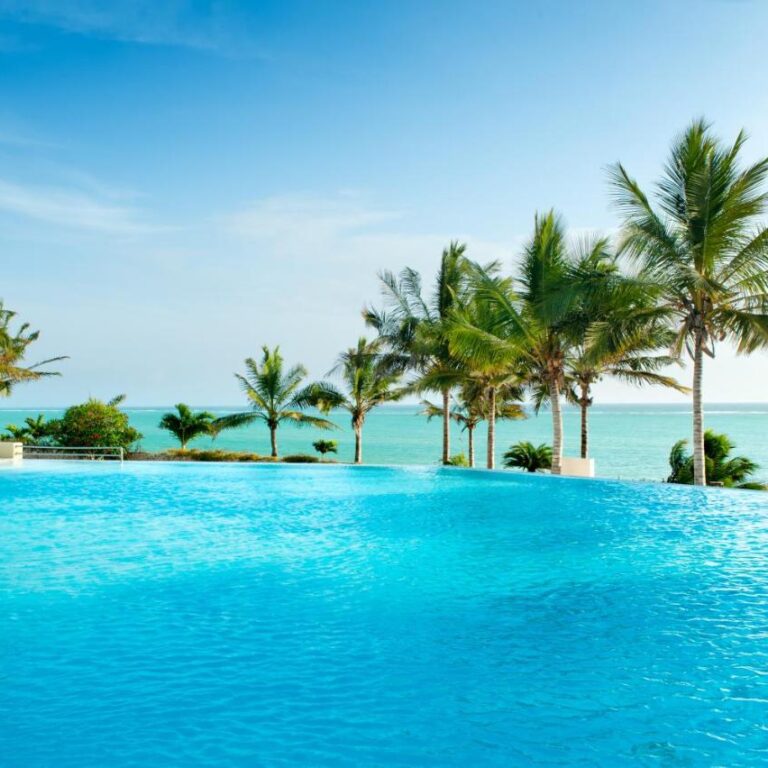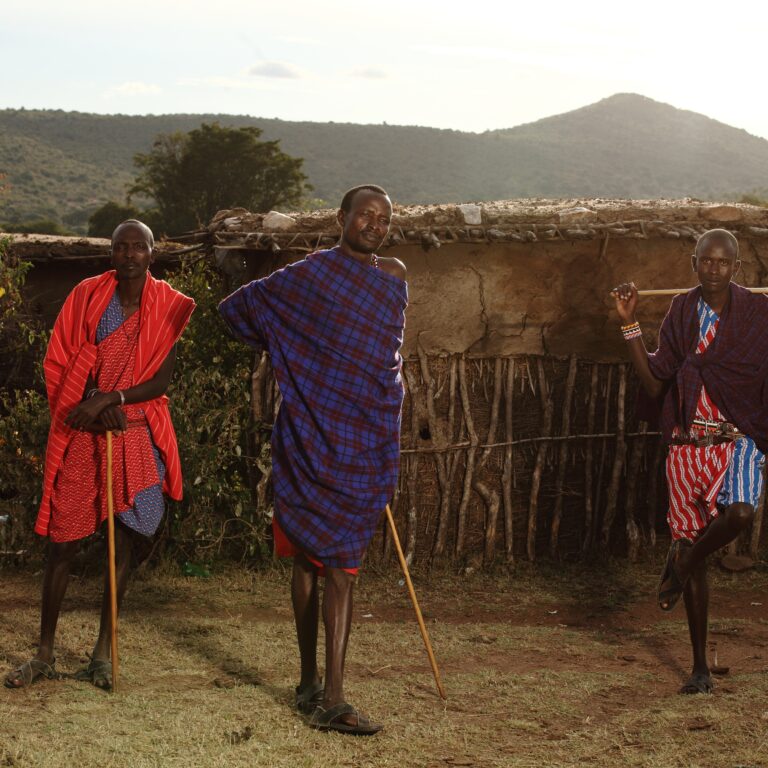Mount Kilimanjaro, the majestic “Shining Mountain,” stands as a beacon for adventurers worldwide, its snow-capped summit a coveted achievement. The dream of standing atop the Roof of Africa, gazing out over the breathtaking Tanzanian landscape, is a powerful motivator. However, turning this dream into reality requires meticulous planning, and one of the most crucial aspects is determining the optimal time to book your Kilimanjaro climb.
Unlike a weekend getaway, conquering Kilimanjaro involves logistics, permits, experienced guides, and often specific travel windows. While the allure of spontaneity might beckon, booking your climb well in advance is not just advisable – it’s often essential for a successful and fulfilling experience. So, how far ahead should you secure your spot on the slopes of this iconic peak?
As a general guideline, booking your Kilimanjaro climb 3 to 9 months in advance is highly recommended. This timeframe provides a sweet spot, allowing you ample time for preparation, securing permits, and choosing the best operators and routes without feeling rushed or facing limited availability. Let’s delve into the compelling reasons why planning ahead is paramount when it comes to your Kilimanjaro adventure:
1. Securing Your Preferred Route and Dates: Tailoring Your Ascent
Kilimanjaro offers several distinct routes to the summit, each with its own unique characteristics, scenery, and acclimatization profile. Popular routes like the Machame, Lemosho, and Rongai tend to have higher demand, especially during peak climbing seasons.
Booking early ensures that you have the best chance of securing permits and spots on your preferred route for your desired travel dates. Waiting until the last minute might mean settling for less popular routes or dates that don’t align with your schedule or acclimatization needs. Planning ahead allows you to tailor your climb to your fitness level, time constraints, and scenic preferences.
2. Ensuring Availability with Reputable Operators: Quality and Safety First
Your choice of climbing operator is paramount for a safe, enjoyable, and successful Kilimanjaro expedition. Reputable operators with experienced guides, well-maintained equipment, and a strong safety record often have limited capacity, especially during peak seasons.
Booking early allows you to thoroughly research and select a reputable operator that aligns with your values and priorities. You’ll have more time to read reviews, compare packages, and communicate with the operator to address any questions or concerns. Last-minute bookings might leave you with fewer options, potentially compromising on the quality of your guiding team and overall experience.
3. Securing National Park Permits: A Non-Negotiable Requirement
Climbing Kilimanjaro requires permits issued by the Tanzania National Parks Authority (TANAPA). These permits have limited availability for each route and date, especially during peak climbing seasons.
Booking your climb well in advance allows your chosen operator sufficient time to secure the necessary permits on your behalf. Waiting until the last minute risks permitting unavailability, potentially forcing you to alter your dates or even cancel your climb.
4. Adequate Time for Physical and Mental Preparation: Setting Yourself Up for Success
Climbing Kilimanjaro is a significant physical and mental challenge. Booking early provides you with ample time to prepare your body and mind for the demands of high-altitude trekking. This includes:
Fitness Training: You’ll have months to build your cardiovascular endurance, leg strength, and overall fitness.
Gear Acquisition: You’ll have time to research, purchase, and break in essential gear like hiking boots, layers, and a reliable sleeping bag.
Altitude Acclimatization Planning: Understanding the importance of acclimatization and discussing strategies with your operator well in advance is crucial for a safe ascent.
Mental Preparation: Knowing you have ample time to prepare can reduce anxiety and build confidence for the challenge ahead.
Rushing your booking might leave you with insufficient time to adequately prepare, significantly increasing your risk of altitude sickness and reducing your chances of reaching the summit.
5. Potential for Better Flight Options and Accommodation Bookings
Your Kilimanjaro climb is often part of a larger trip to Tanzania. Booking your climb early allows you to coordinate your flights and pre- or post-climb accommodation with more flexibility and potentially better prices. Last-minute flight and hotel bookings tend to be more expensive and offer fewer options.
6. Flexibility for Travel Insurance and Contingency Planning
Booking early provides you with ample time to research and purchase comprehensive travel insurance that covers high-altitude trekking and potential medical emergencies. It also allows for more flexibility in planning for unforeseen circumstances or needing to adjust your travel dates.
The Risks of Kilimanjaro Last-Minute Booking
While it might be tempting to book a Kilimanjaro climb on a whim, the risks associated with last-minute planning are significant:
Limited Availability: You may not be able to secure permits for your preferred route or dates.
Higher Prices: Last-minute bookings often come with premium prices for both the climb itself and associated travel arrangements.
Fewer Reputable Operators: You might be limited to less established or potentially less reliable operators.
Insufficient Preparation Time: Rushing your physical and mental preparation significantly increases the risks.
Stress and Disappointment: The stress of last-minute planning and the potential for not getting your desired experience can detract from your adventure.
Ideal Kilimanjaro Booking Window Based on Travel Time
Peak Season (June-September, December-February): Aim to book 6-9 months in advance, and ideally even earlier (9-12 months) for popular routes and operators.
Shoulder Seasons (March-May, October-November): While these seasons experience lower traffic, booking 3-6 months in advance is still recommended to secure your preferred options. Note that the long rainy season (March-May) is generally not recommended for climbing due to slippery trails and potential hazards.
Factors Influencing Kilimanjaro Climbing Booking Time
Climbing Mount Kilimanjaro, the highest peak in Africa, is a dream adventure for many trekkers around the globe. However, the timing of your booking can greatly impact your experience on this majestic mountain. Here are several key factors that influence when climbers should book their Kilimanjaro expedition.
Seasonal Weather Patterns. One of the most significant factors affecting the booking time for Kilimanjaro treks is the weather. Tanzania has two main climbing seasons: the dry season (June to October) and the wet season (March to May and November). The dry months generally offer clearer skies, better visibility, and more stable weather conditions, making these periods the most popular for trekkers. Consequently, demand is high, and early booking is essential to secure a spot. During the wet season, the climbing paths can be slippery, and the visibility may be compromised due to clouds and rain. Many experienced climbers suggest avoiding these months if possible, leading to a surge in bookings just before the dry season starts. Therefore, potential trekkers should plan their journey well in advance to ensure they get the ideal dates aligned with the weather conditions.
Personal Schedules and Availability. Climbers should consider their personal schedules when planning a trip. Major life events, work commitments, or family obligations can all influence the timeline for booking a Kilimanjaro trek. It’s essential to identify a block of time when you can commit fully to the climb, typically ranging from 6 to 10 days, depending on the route and pace chosen. Planning ahead allows trekkers to avoid rush bookings that might result from last-minute arrangements, which can often lead to missing out on the preferred slots or even incurring higher costs due to limited availability.
Route Selection. Mount Kilimanjaro offers several trekking routes, each with its own characteristics and popularity levels. The Machame and Lemosho routes, for instance, are highly sought after, especially during peak seasons, thereby increasing the importance of early bookings. If you have a specific route in mind, it’s imperative to book well in advance, as these itineraries can fill up quickly. Additionally, different routes may require varying levels of acclimatization and preparation time. Factoring in these elements can help climbers choose their ideal route and subsequently determine the best time for booking.
Group Size and Friend Availability: Traveling with friends or a group can enhance the climbing experience; however, coordination is crucial. Aligning schedules among several people can be challenging, and it’s often best to book early to secure availability for the entire group. This is particularly relevant for larger parties, as space on popular trails can fill up quickly.
Physical Preparation. Lastly, physical fitness and preparation should dictate when climbers book their trips. Some climbers may require additional time to train before embarking on a Kilimanjaro trek. This preparation period should be considered when planning the booking time to ensure one is adequately ready for the trek.
Final thought: The Prudent Path to the Summit
Climbing Mount Kilimanjaro is a significant undertaking, both physically and financially. Booking your climb 3 to 9 months in advance is the most prudent approach, offering you the best chance to secure your preferred route and dates, choose a reputable operator, obtain necessary permits, allow ample time for preparation, and potentially benefit from better prices on flights and accommodation.
While the allure of a spontaneous adventure might exist, the complexities and logistics of a Kilimanjaro climb necessitate careful planning. By embracing foresight and booking within the recommended timeframe, you’ll set yourself up for a safer, more enjoyable, and ultimately more successful journey to the majestic Roof of Africa. Start planning your ascent today, and let the anticipation build for the unforgettable experience that awaits.








